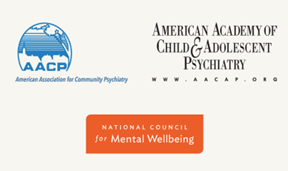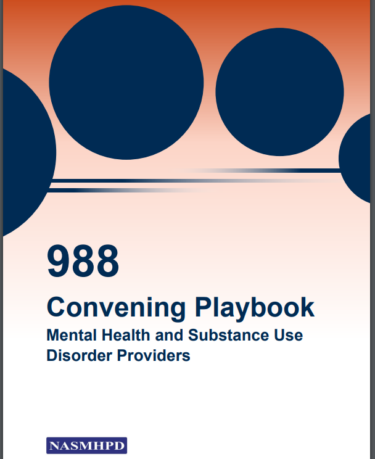Toward A National Standard for Service Intensity Assessment and Planning for Mental Health Care
Download Temporarily Unavailable
The mental health treatment field has long needed a standardized best practice approach to service intensity assessment and planning to help determine the most appropriate level of care and associated package of services to best meet the needs of individuals and families experiencing mental health and substance use challenges. The American Association for Community Psychiatry (AACP) and The American Academy of Child and Adolescent Psychiatry’s (AACAP) Level of Care Utilization System Family of Tools (LOCUS FT), in combination with the American Society for Addiction Medicine (ASAM) Criteria for substance use care, are well positioned to be the standard service intensity assessment tools for the field.
The LOCUS FT includes LOCUS (for adults), CALOCUS-CASII (for children aged 6-18) and ECSII (for children 5 and under). Widescale adoption of these tools will establish a common language that can be used by providers, payers, state systems and other stakeholders to ensure fair outcomes for people served.
This paper provides:
- An overview of the background, concepts and best practices for service intensity assessment and planning.
- A description of the necessary and desirable characteristics of standardized processes for service intensity assessment.
- An examination of the LOCUS FT and the rationale for promoting it, in conjunction with the ASAM Criteria, as a uniform national standard for service intensity assessment and planning for mental health and substance use care.
- Next steps for wide-scale dissemination, training, implementation, evaluation and research of these processes.
Download the paper to learn how these standardized tools can benefit:
Clients
Actively participating in the service intensity assessment can improve communication and make treatment planning clearer and more understandable to clients, families and their supports. Standardized tools can reduce the effects of biases to ensure clients get the appropriate intensity of services to meet their unique needs.
Providers
Standardized clinical decision support helps providers make more objective, accurate and fair recommendations to meet the service intensity needs of clients and families, as well as facilitating planning of care transitions and monitoring progress.
Payers
With standardized service intensity assessments, payers can review and approve reimbursement for treatment services based on generally accepted professional standards, as well as monitoring network adequacy across all levels of care. They can delegate service intensity decisions to providers who are using these tools, eliminating considerable administrative expense. Consistent use of uniform tools also allows automation of the decision process, which makes decision resolution – including for appeals – timely and efficient and levels the playing field across payers.
Population Health Managers
Population health managers can use a standardized framework to assess capacity for the acute and ongoing services a population needs. These tools can also assist in developing bundled payments or case rates for episodes of care for specific clinical conditions.
Additional Resources
For more information on the tools outlined in this paper, please visit:
- Level of Care Utilization System (LOCUS®)
- Child and Adolescent Level of Care/Service Intensity Utilization System (CALOCUS-CASII®)
- Early Childhood Service Intensity Instrument (ECSII®)
- ASAM Critera®

This paper was developed in partnership by the American Association for Community Psychiatry, the American Academy of Child and Adolescent Psychiatry and the National Council for Mental Wellbeing.


